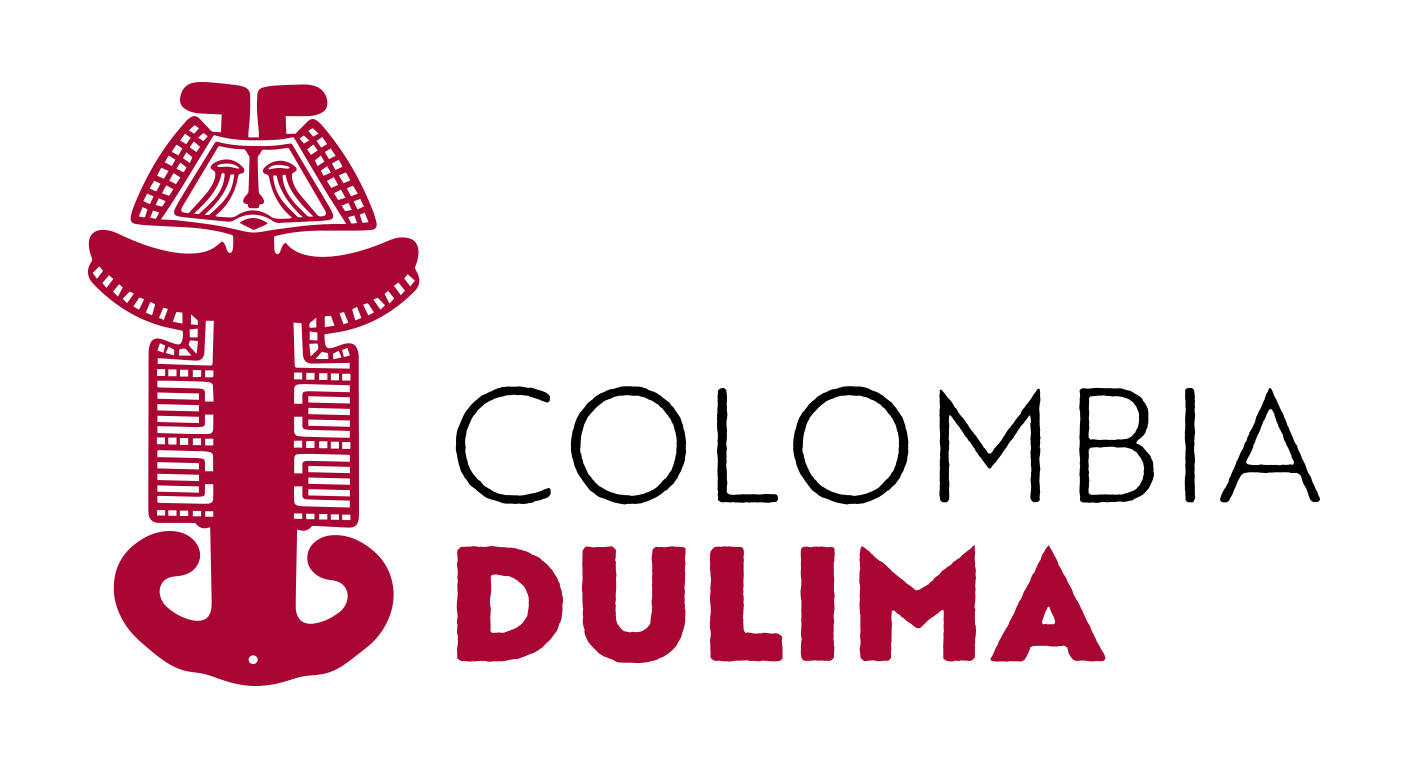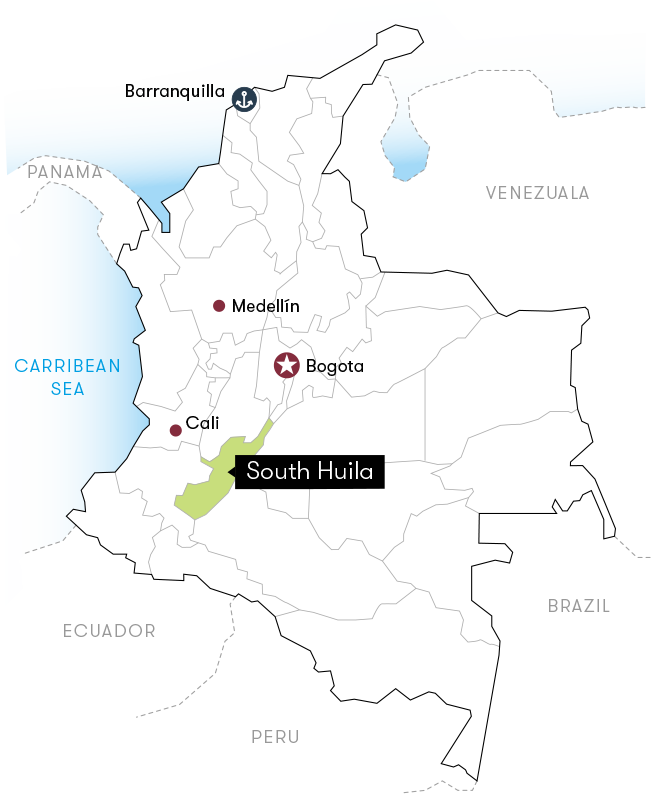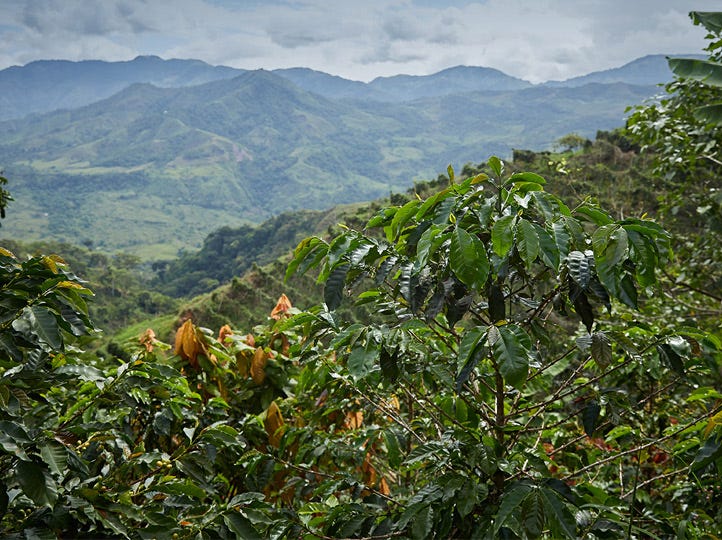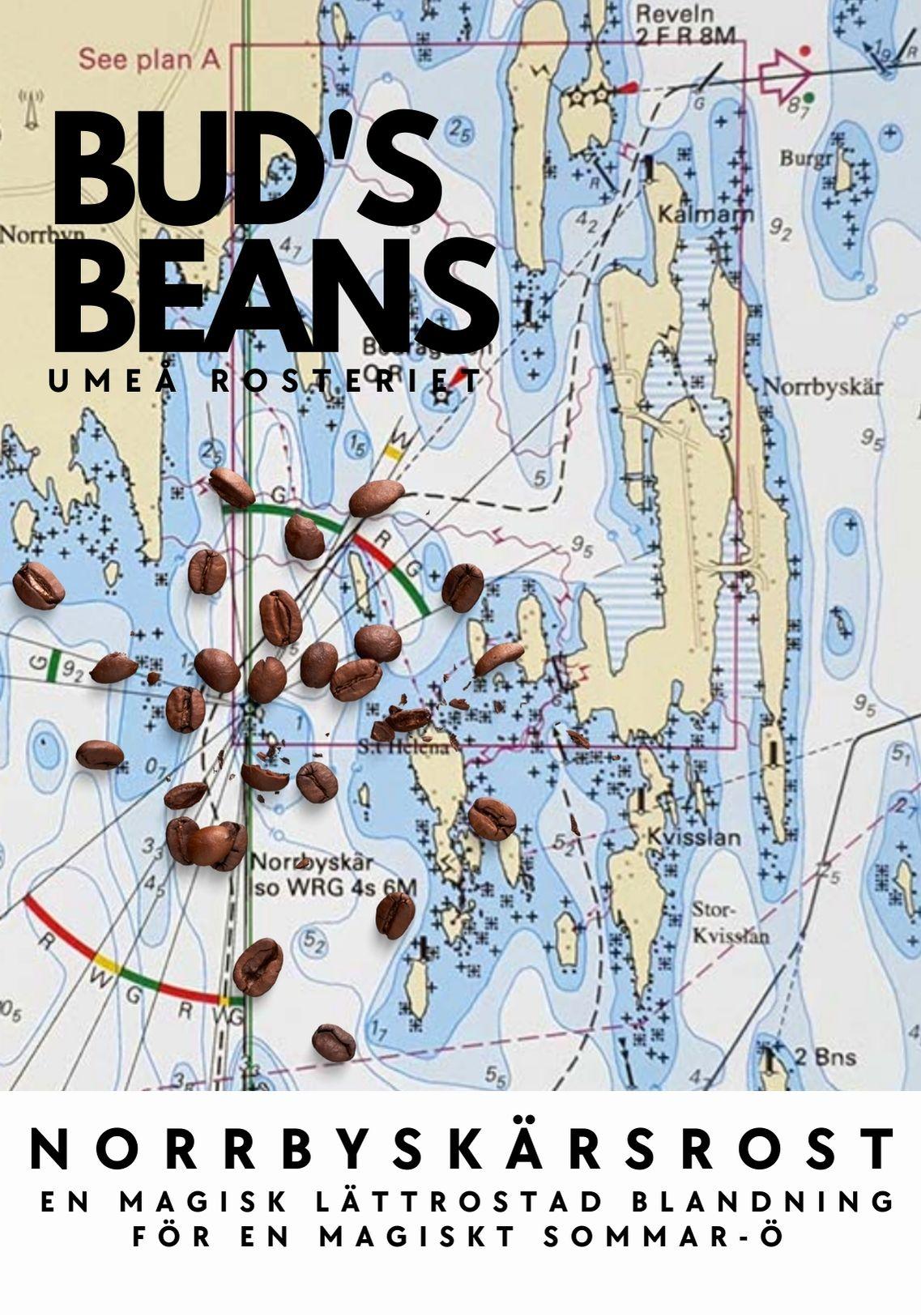Beanroasters.se
Norrbyskärsrost - a summer brew for a summer island
Norrbyskärsrost - a summer brew for a summer island
Det gick inte att ladda hämtningstillgänglighet
Norrbyskärsrost - a summer brew for a summer island
This coffee has a rich chocolate flavor with hints of fruit. The beans are grown at a high altitude deep in the Huila mountains of Columbia. High quality beans, meet a high quality roast giving this coffee a very unique flavor that any coffee lover can enjoy.
Norrbyskärsrost started as an idea to combine different beans from different regions and make a nice medium roast out of it. But I found I really loved the simplicity and quality of a single source. In this case I loved the overall quality of the Columbian beans that I got a hold of. So I decided to go with that instead, a bit more expensive, but the quality is un-matched. I played with a view different roasts, but landed on a light-medium roast with a 23% development time that I think really brings out the flavor of the beans without the acidity of a light roast or the blandness of the straight medium roast.
About Norrbyskär:
Norrbyskär is an island group about 4 miles south of Umeå. In the summer, the island comes alive and is populated by both islanders and tourists. The entire idyllic setting is from the time when one of Europe's largest sawmills was located on the island. In addition to the beautiful houses, there are still traces from this time in the form of barge wrecks and other cultural traces.
Not to mention it's also where our summer house is and where my wife and kids disappear to all summer long.
About the beans:

Dulima was created in 2009 to capture the quintessential coffee profile of the central and south Huila region. Throughout the volcanoes and mountains of Huila outstanding coffees are grown. We carefully select lots through a rigorous sensory analysis at origin to guarantee profile consistency and quality from lot to lot.
Dulima was inspired by indigenous groups from the southern region of Colombia, namely the The Pijaos people of the region around the Tolima volcano, natives long before the Spanish arrived, who called the volcano “Dulima,” meaning Snow Queen.
| Origin | Colombia |
|---|---|
| Subregion | Huila |
| Harvest Season | 2021/22 |
| Producer Type | Small Holder Farmers |
| Processing | Washed |
| Growing Altitude | 1500m - 1800m |
| Plant Species | Arabica |
|---|---|
| Variety | Caturra, Colombia |
| Coffee Grade | COL CA WA EXCO EP10 |
| Bag Weight | 70 KG BAG |
| Bag Types | Grain Pro / Ecotact |

The Region
The Huila region is well known for its coffee quality, but also for being the first historical department in Colombia to begin coffee production. Farmers in Huila are very quality-conscious. Their crops receive a lot of care and attention and they tend to be the most pioneering when it comes to embracing new processing and farming methods. The most relevant municipalities for coffee in Huila are: Pitalito, Garzón, Gigante, San Agustín, La Plata, Paicol, Acevedo, among others.
Huila coffee represents 18% of Colombian production. It is always in high demand and is often preferred as a single origin offering for its balance of acidity and sweetness. The Huilan landscape is dominated by volcanos and mountains, providing a rich terroir of high altitude and fertile soils and offering a wide range of ecosystems where coffee can be grown. There are producing farms ranging from 1,500 m.a.s.l. up to 2,300 m.a.s.l., conferring great attributes to the cup profile such as bright acidity and characteristic sweet notes.

History of Coffee in Colombia
As with many coffee origins, it is believed that coffee was first brought to Colombia by priests, arriving, perhaps, within a decade or two after coffee first came to the Americas via the Caribbean in the first half of the 17th century. It was likely a garden crop grown for local consumption and barter for decades. Unlike other coffee regions, we have the story of a priest named Francisco Romero, who could be called the father of commercial coffee cultivation in Colombia. The folkloric tale goes that in the early 1800’s, Father Francisco, hearing confessions in the north eastern town of Salazar de la Palmas, assigned planting coffee to his parishioners as penance for their sins. The Archbishop of Colombia heard about this and ordered all priests to adopt the practice. Commercial production of coffee expanded quickly, moving into regions where the growing conditions were ideal.
Share


